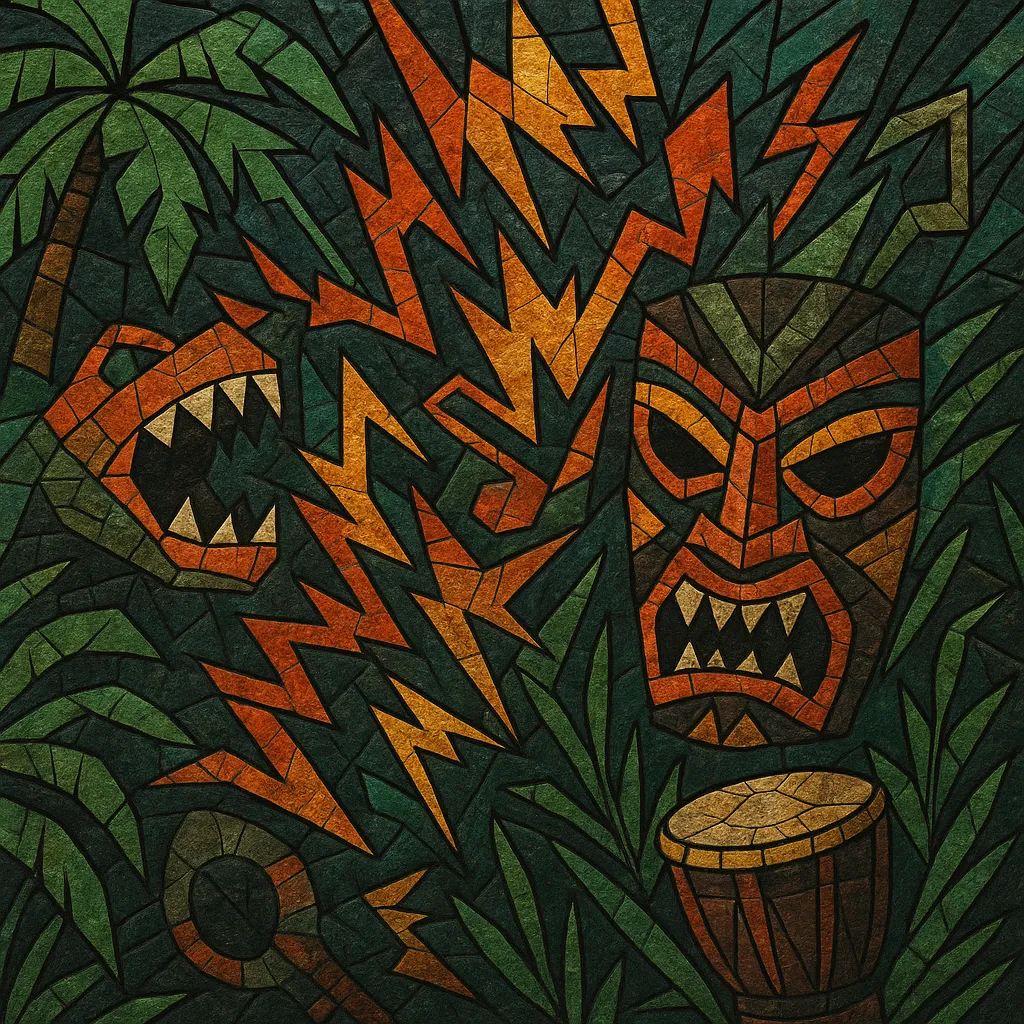Jungle terror is a high-impact festival style of electronic dance music that fuses the punch of big-room and electro house with hyper-percussive, "tribal" drum programming. Rather than relying on massive supersaw leads, it centers on toms, congas, wooden blocks, clacks, and animalistic shouts that drive the drop.
Typically around 128–135 BPM, its arrangements emphasize tension-and-release: long risers, vocal calls, and cinematic breaks snap into sparse, tom-led drops with heavy sub-kicks and syncopated patterns. The overall aesthetic is wild, raw, and rhythmic—designed for large dancefloors and open-air festival stages.
The sound emerged in the Netherlands in the early–mid 2010s, led by producers such as Wiwek, Alvaro, and peers orbiting Dutch club and festival circuits. Drawing on big-room and electro house energy but swapping melodic leads for aggressive tom patterns, they coined a fresh, percussion-first approach. Wiwek in particular branded the style "jungle terror" through releases on Spinnin’ Records and later OWSLA.
Between 2014 and 2016, the style spread through festival mainstages and labels like Barong Family. Key tracks by Wiwek, Juyen Sebulba, and collaborators showcased the signature elements: staccato drum hits, animal roars, minimal harmonic content, and explosive drops. High-profile collaborations (e.g., Wiwek with Skrillex) pushed the sound to global EDM audiences and helped codify its production tropes.
As the EDM landscape diversified, jungle terror’s trademarks—tom-driven drops, tribal percussion stacks, and chant-like vocal shots—bled into trap-EDM, hard/festival trap, and hybrid trap. While never the dominant global style, it became a recognizable toolset for festival-ready drops and remains a niche but influential rhythmic blueprint within bass-heavy and house-adjacent club music.


